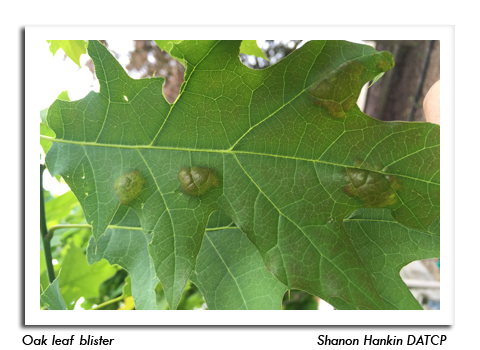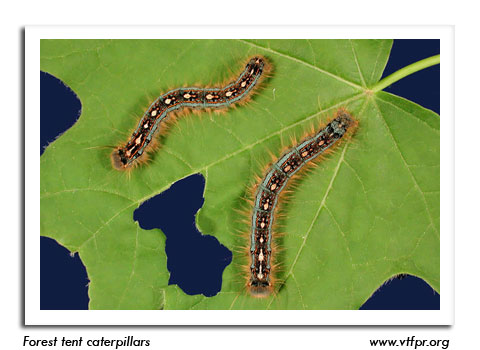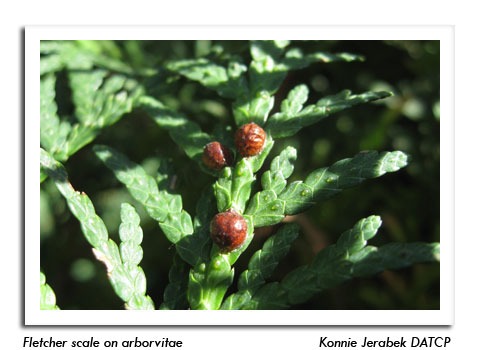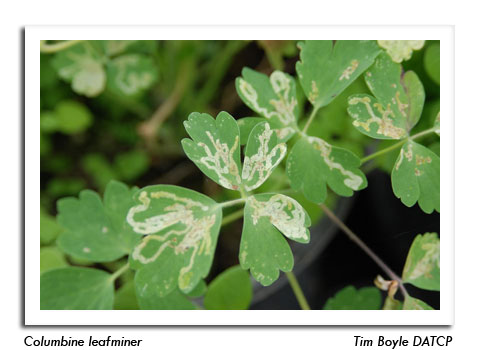
 |
|
|
Nursery & Forest
Volume 64 Number 7 Date 06/13/2019 DOGWOOD ANTHRACNOSE - This disease of dogwood has been found by nursery inspectors in southwestern Wisconsin. Symptoms include leaf blotches with tan centers and purple-red margins that appear on the leaves and flowers. The leaves killed by anthracnose remain attached to the plant by the petiole through the fall and winter. This pathogen is also capable of spreading to the stem causing cankers. Rain splash is considered to be a main cause of spore dispersal. Management recommendations include avoiding overhead watering and removing and disposing of all infected leaves and stems. Proper tool sanitation measures should be applied when removing infected tissue to limit its spread. Preventative fungicides can be applied in the spring as a series of applications. Resistant cultivars are available. OAK LEAF BLISTER - Leaf blisters indicative of this fungal disease are appearing on many oaks in the white and red groups at nurseries in southern Wisconsin. Disease development is favored by cool, wet spring conditions. Treatment is not recommended since the blisters are primarily cosmetic and do not adversely affect tree health. However, in special circumstances, a protective fungicide applied prior to infection in the spring can be an effective control. FOREST TENT CATERPILLAR - DNR Forest Health specialists report that forest tent caterpillar egg surveys conducted in northern counties indicate low populations are expected this season, continuing a 16-year trend. The last tent caterpillar outbreak occurred in northern Wisconsin from 1999-2002. Cooler and wetter than average spring weather may indirectly reduce caterpillar populations by enhancing the activity of pathogenic fungi. Noticeable defoliation should be reported to one of the DNR's regional forest specialists. FLETCHER SCALE - Mobile crawlers are expected to appear soon in advanced southern areas of the state. This scale pest of arborvitae, juniper and yew can cause yellowing, premature needle drop or branch dieback. For severe infestations, horticultural oils or soaps, insect growth regulators, or appropriately-labeled conventional insecticides may be used as soon as the crawlers are noticed. COLUMBINE LEAFMINER - Leaf mines caused by the larval stages of this insect were noted this week on columbine in La Crosse County. The serpentine mines initially appear whitish in color and eventually turn tan or brown later in the season. Removing and destroying infested leaves will reduce this aesthetic problem. -- Shanon Hankin, DATCP Nursery Inspector 



|
|
|